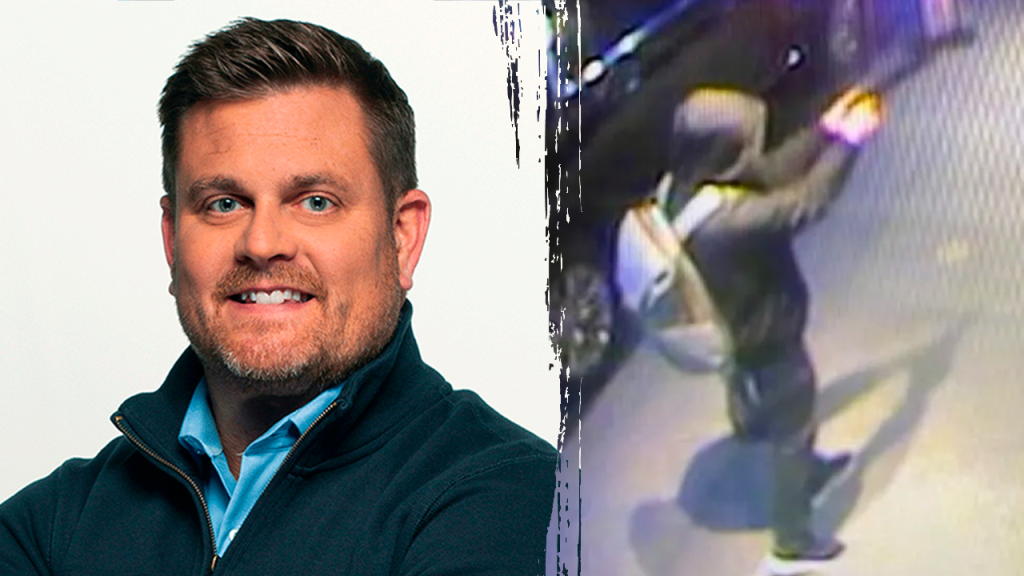The nationwide manhunt for the individual who fatally shot UnitedHealthcare CEO Brian Thompson continues to present significant challenges for law enforcement, despite the existence of witnesses, extensive street footage, and even DNA evidence. The investigation, now entering its fourth day, has progressively uncovered details about the suspect’s movements. He arrived in New York City by bus from Atlanta on November 24th, lodged at an AYH Hostel on the Upper West Side, and is believed to have fled the city through the Port Authority bus station. The FBI has joined forces with local police, and a reasonably clear photograph of the suspect has been circulated to enlist public assistance in identifying and apprehending him.
Investigators are meticulously pursuing several leads, including a backpack discovered in Central Park West. Believed to belong to the suspect, the backpack is undergoing forensic testing for trace evidence such as hair, fibers, and DNA. DNA, particularly from areas like straps and zippers that come into frequent contact with skin, could be crucial. However, the utility of any DNA evidence hinges on whether the suspect’s DNA profile is already within the national Combined DNA Index System (CODIS). If not, the DNA sample’s value is limited until a suspect is in custody for comparison. While genealogical DNA profiling through ancestry websites is a possibility, it’s a time-consuming process, typically employed only when other leads have been exhausted.
A discarded water bottle found at the crime scene, alongside a discarded cellphone, also represents potential sources of DNA and crucial digital information. The water bottle, dropped in an alleyway as the shooter fled the scene, is being analyzed for DNA. The cellphone, potentially used by the suspect moments before the shooting, presents another avenue for investigation. Data from cell towers, along with call logs, could reveal critical information about the suspect’s communications and movements. However, accessing data from the phone, depending on its security features, could be a rapid process or a protracted one requiring cooperation from the service provider.
The suspect left behind three shell casings inscribed with the words “deny,” “depose,” and “delay,” invoking a phrase often associated with the healthcare industry – “delay, deny, defend.” This message presents a double-edged sword. While potentially pointing towards a motive linked to Thompson’s role as CEO of a major healthcare company, it could also be a deliberate misdirection designed to mislead investigators, potentially leading them down a false path. The casings themselves could also hold trace DNA evidence.
The investigation benefits from a relatively clear image of the suspect taken at the AYH Hostel during his stay. Although the suspect consistently wore a mask, a brief interaction with a receptionist, where he removed his mask and smiled, provided a crucial visual record of his appearance. While facial recognition technology is advanced, the image quality likely presents challenges. Minor distortions can hinder accurate matching with existing databases of driver’s license or passport photos. However, the image remains valuable for public identification, as someone who recognizes the suspect could provide essential information.
The NYPD is leveraging its vast network of over 18,000 security cameras through its Domain Awareness System, alongside footage obtained from businesses along the suspect’s route. This extensive video review is a painstaking task, demanding dedicated teams working around the clock to sift through the enormous volume of data. Investigators are likely searching for footage predating the shooting, potentially capturing the suspect’s arrival in the city, hoping to find clearer images of his face or other identifying details. The process of gathering, downloading, and reviewing this footage requires specialized digital video recovery teams and involves significant time and resources.
In summary, the investigation, while aided by substantial evidence, presents complexities. Forensic analysis of the collected physical evidence, especially DNA, remains crucial but subject to various factors, including matching within databases or resorting to more time-consuming genealogical profiling. Digital evidence from the cellphone is a potential goldmine but requires overcoming technical and legal hurdles. The cryptic message on the shell casings adds to the intrigue, serving as a potential clue or a deliberate red herring. The available image, while not ideal for facial recognition software, remains valuable for public identification. Finally, the sheer volume of surveillance footage presents a logistical challenge, requiring extensive resources and a methodological approach to yield valuable insights into the suspect’s movements and identity.

